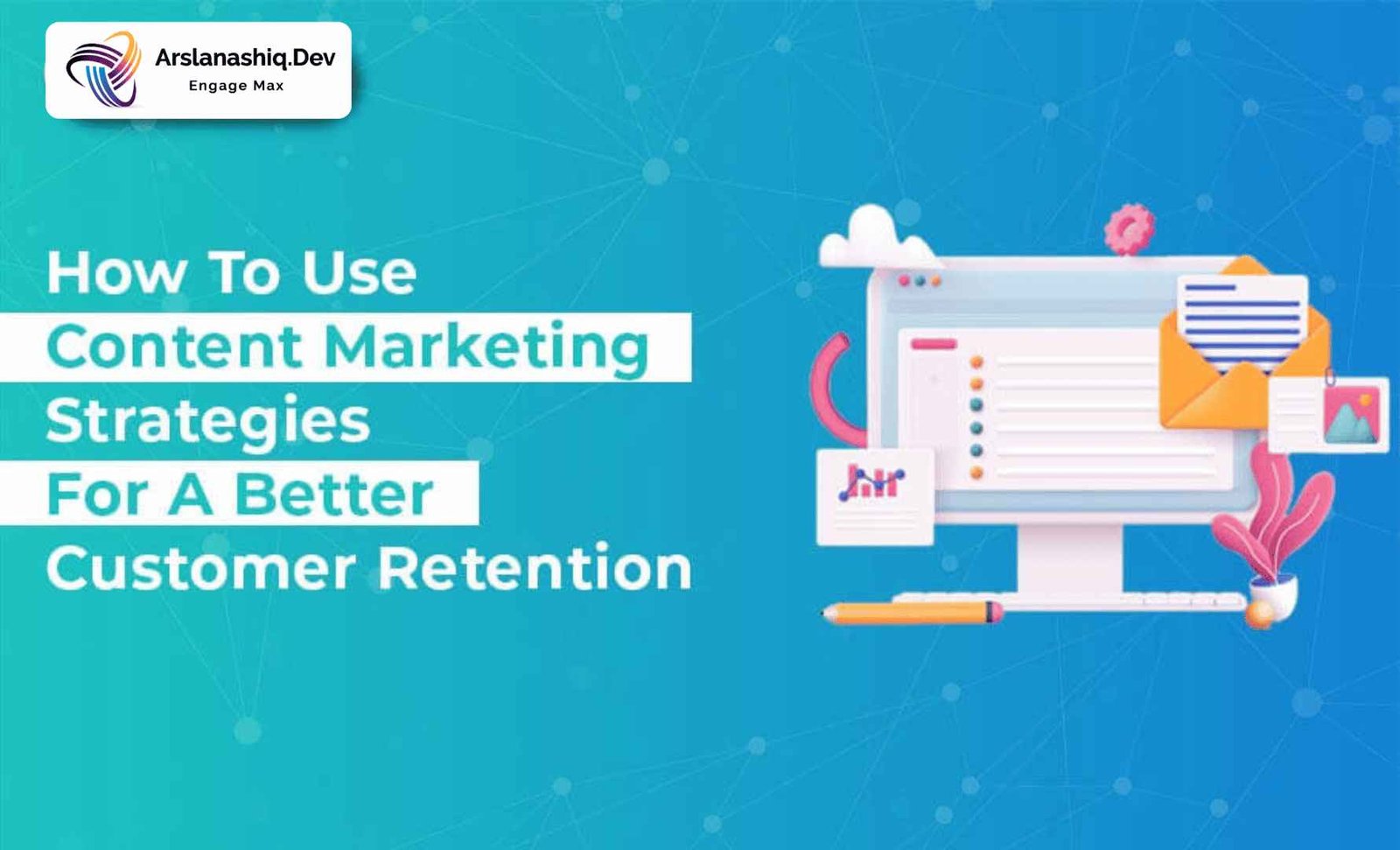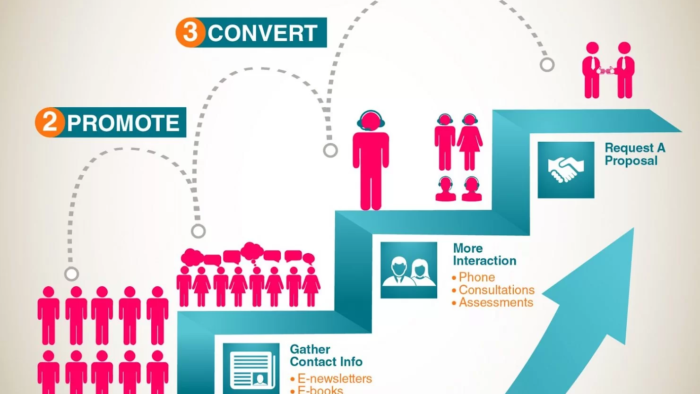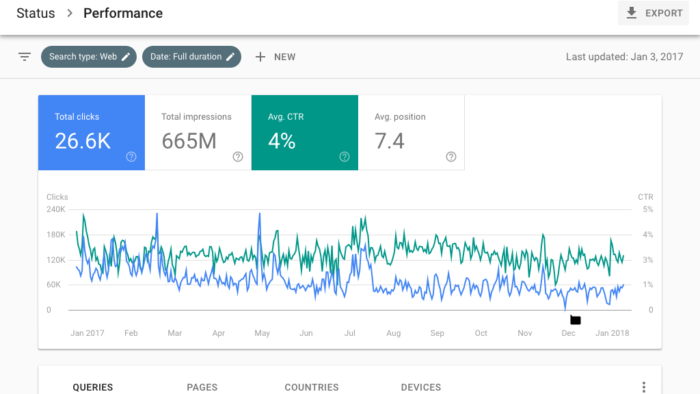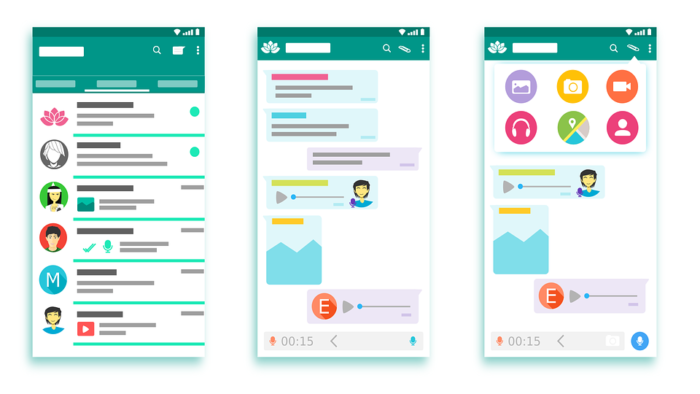
The modern digital world requires content marketing to generate leads and increase conversions. Nowadays, it is essential for every business and company. But it also works in reducing the number of your customers. We can call it churn rate. However, if you want to retain and retain our customers, we need effective content marketing strategies and techniques to improve customer retention. Continue reading this article and we’ll tell you how to use content marketing strategies to increase customer retention.
Table of Contents
Customer Retention
First, we’ll start with “Customer Retention”. You must be wondering what customer retention is. Customer retention is measured in percentages. The number of customers you retain before the end of that time period. Businesses can use customer retention to know brand loyalty as well as their ability to retain customers.
It’s a strong relationship between customer retention and a steady stream of revenue, so it’s key to use a customer retention management program in your strategies. Implementing these techniques will help your business bring more value to customers, such as repeat purchases.
Most of the time, comprehensive customer retention strategies focus on building and maintaining relationships. In addition, processes and actions are customized and designed to provide a better customer experience. This is to make sure that our customers do not find a single flaw in our business.
Managing customer retention strategies
If you’re thinking about improving customer retention, there’s no one person or team that can take full responsibility. This is done through teamwork and commitment of various departments working together to retain customers.
Most of the departments that play an important role in customer retention are:
-
- Product development
-
- Marketing
-
- Sales
-
- Customer support/service
There is one thing that many companies need to realize, and that is, first, they need to eliminate silos to prevent communication voids and ensure that every team is on the same page. Here are some examples of departments that were good at communicating and working together to improve customer satisfaction levels:
-
- Customer service/support identifies pain points. They also communicate customer feedback to product development so they can make some improvements and updates. In some cases, there is sometimes information provided by customers that can lead to new value propositions.
-
- To build brand loyalty, the marketing team needs to start giving away incentives. This will allow them to use customer data from the service team to provide rewards to offset the negative experience.
Organizations that are growing rapidly have a customer success team to manage the customer retention program. For these organizations, it is necessary to implement customer retention strategies. However, their primary role is to maintain a strong relationship with customers by communicating with them, facilitating them and being in touch with them at all times.
Customer success teams must collaborate with all other groups by helping them organize and manage operations for better customer retention.
What should you call a good customer retention rate (CCR)?
CRR is the percentage of customers who continue to do business with a company within a given time frame. A higher rate is considered a healthy indicator if we are talking about a good CCR. Customer engagement should be good enough to include repeat purchases
Ideally, it should be around 100 percent for a better CRR. However, this is simply not possible in the real world. However, there are averages from every industry that you can beat or match by implementing your content marketing strategies.
Find out about the average CRR rate in each industry below:
-
- Retail (63 percent)
-
- banking (75 percent)
-
- Insurance (83 percent)
-
- IT services (81 percent)
-
- Professional services (84 percent)
-
- Telecom (78 percent)
-
- Media (84 percent)
-
- E-commerce (34 percent)
-
- Fintech (78 percent)
-
- Ed-Tech (27 percent)
-
- Food Tech (16 percent)
-
- Sports and games (31 percent)
-
- Travel and Hospitality (55 percent)
Be aware that CRR varies by industry due to many factors. For example, in professional services, most companies use a personalized marketing approach to develop and build communications and relationships with customers. This is why the CRR of this industry is quite high.
You need to think about what a good customer retention rate should be for your business. If you want to see how your company is doing compared to the competition, you can calculate CRR.
-
- Formula for customer retention rate:
((E-N) / S) x 100 = CRR
-
- Key metrics you should know before calculating CRR:
-
- E: Number of customers at the end of the given time frame.
-
- N: Number of new customers acquired between the time frame.
-
- S: Number of customers in the customer base at the beginning of the time frame.
Example of customer retention rate calculation:
Let’s take 900 as the number of customers at the end of that time frame and 400 as the new customers we acquired between that time frame. The number of customers in the customer base we had at the beginning of the time frame is 600.
By putting it in a simple way:
[(900 – 400) / 600] x 100 = 83.3 percent.The result of this example is 83.3 percent. However, the time frame depends on the company and its customer success team that they can follow according to their strategies. It can be a month, a quarter or a year.
Importance of customer retention
Customer retention strategies are beneficial for creating and building strong customer relationships. These strategies include personalized marketing campaigns, effective customer communication, innovative products, excellent service and loyalty rewards. If we implement these strategies, it will help the business to grow and increase its profitability.
Below are important reasons why we need to retain customers:
Repeat purchases
As stated by Frederick Reichheld, who is the creator of the Net Promoter System of Management, “a 5 percent increase in customer retention creates more than a 25 percent increase in profits.” This happens because customer loyalty makes them buy from your business every time. Sometimes even in larger quantities. Loyal customers can try your new products or services.
Cost reduction
It would cost you less to retain existing customers than to acquire new customers. In the business community, some individuals believe that it costs more than five times to acquire customers compared to keeping them. If you want to acquire new customers, it will cost you six or seven times more. Customer retention will help you reduce your marketing costs.
Increasing brand loyalty
Some consumers love the brand they first dealt with and had an incredible experience with it. In some reports, about 80 percent of people grow to love a brand over time for some reason. Check them out below:
-
- Great products
-
- An incredible experience
-
- Amazing customer service
-
- Positive feedback and customer reviews
It is possible that six out of 10 loyal customers will buy a new product from a brand they love. As loyal customers, they will buy more products than at the beginning.
Retained customers will not stop buying your product again. They turn out to be ambassadors for your brand by telling their friends and family about the positive experience. This would help brands acquire new customers without incurring marketing costs.
Using a content marketing strategy for better customer retention
Using content marketing strategies not only increases leads and conversions, but is used to retain customers. To achieve this, companies must cover every stage of the buyer’s journey. They must use effective strategies and ideal techniques from start to finish. You can also get content services in Karachi for your business or company from us.
Stages of Awareness
Consumers realize that they have needs or problems that require a solution in the awareness stage. This is why companies always reach out to people and let them know about their products.
For this stage, content marketing specialists need to strategize and create content that is concise, easy to read and understand. The goal is to attract customers and involve them in our business.
The type of content that raises awareness includes:
-
- Blog posts
-
- E-mails
-
- E-books
-
- Social media Videos
Companies need to understand what their customers care about and deliver content accordingly.
Consideration phase
The consideration stage is when consumers decide to choose a brand. Businesses need to show them how the product would help them or solve their problem.
Content marketers always focus on these types of content:
-
- Product related content. (eg how does it work how does it work)
-
- Content related to instructions (eg how to use products and services)
Content types for the consideration phase
-
- Blog posts
-
- Case studies and industry reports
-
- E-books
-
- Reviews and testimonials
-
- Studies
-
- Webinars
One thing a content team or author needs to know about the initial stage is not to sell products. In the beginning, try writing how-to articles and tutorials that show how the products will solve customer pain points.
Conversion Phase
The conversion stage is when all buyers are ready to buy the product. This is where content marketing pays off. You have successfully acquired a customer and they are buying your product.
The content in this phase will be essentially the same as in the consideration phase. However, the content of this phase should be slightly different. It should be more compelling and personalized. A CTA (call to action) is needed in the content.
content used to convert leads into conversions
-
- Blog posts and guides
-
- Frequently asked questions
-
- Videos
-
- Webinars
Loyalty Phase
Companies that don’t care about their customers face higher churn rates. This is because they are not trying to retain customers. However, acquiring new customers requires a lot of the company’s budget. So companies looking to grow can incorporate customer retention strategies into their day-to-day operations and functions
Types of content used to build brand loyalty include:
-
- Blog posts
-
- Emails for customer logins
-
- In-app messages, guides and tutorials
-
- Social media
-
- Surveys
Advocacy phase
You know your customers are loyal when they make repeat purchases as well as recommend your company because of a positive experience. However, not every repeat buyer will recommend others. Marketers must have this goal of turning these buyers into brand advocates.
You can provide these customers with rewards, referral links, special offers and customer engagement opportunities.
You can provide these customers with rewards, referral links, special offers and customer engagement opportunities.
Tips to improve customer retention
Below are tips you can follow to improve your customer retention rate while building a strong relationship with your customers
Publishing high-quality content
To keep your customers and others informed about your products or services, you need to constantly create and publish content. To drive traffic and turn leads into conversions, you need to stay consistent.
Collection and use of customer data
Companies must collect and use customer data very carefully. Getting an email address would be ideal for you. However, they can improve their customers’ sign-up by sending them welcome emails with instructions or a guide on how to use their products or services.
Focus on providing value to customers
The content you create and deliver must be SEO friendly. Whenever you create content, make sure you provide information that would allow potential and existing customers to find it valuable. It is important for building trust and loyalty.
Keeping the audience interested
It is important to engage and entertain your audience using social media platforms. Loyal customers like to interact with brands they like. If they are satisfied with your content, they will not switch to another company. This means higher income in the future.
Final Thoughts
To summarize, you are well aware of the content marketing strategies that would make it easier for you to maintain a high customer retention rate. By producing and publishing content, you can always keep your customers engaged and loyal to you. Implementing all content marketing strategies will also turn leads into conversions for your company.







